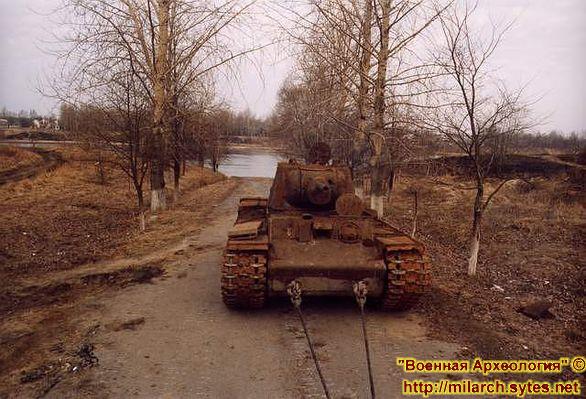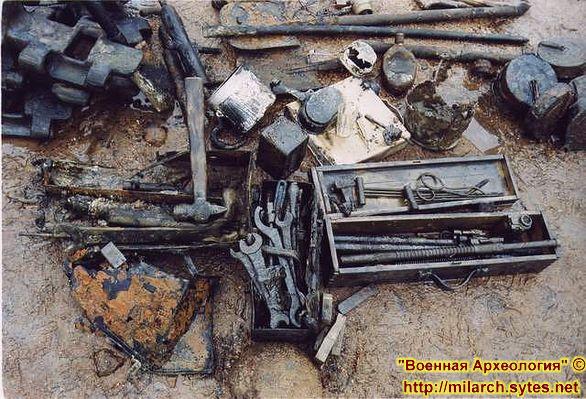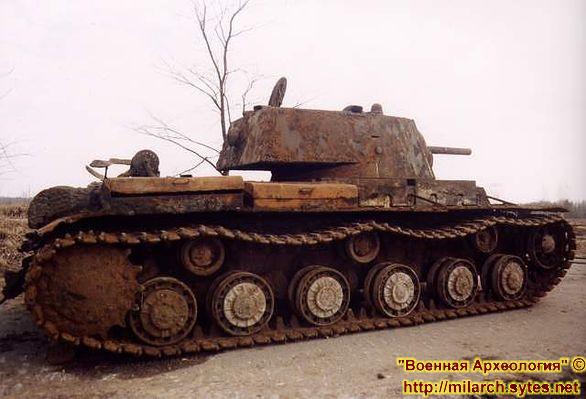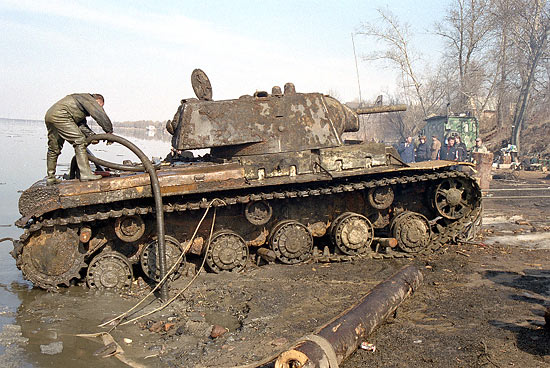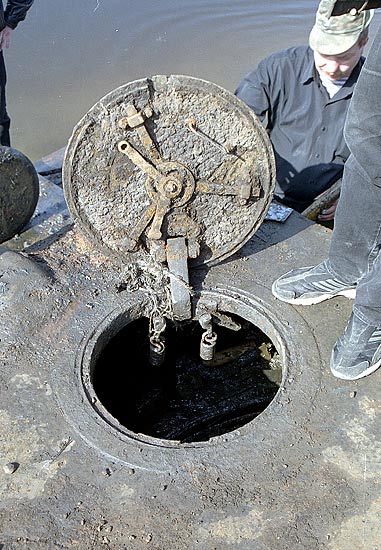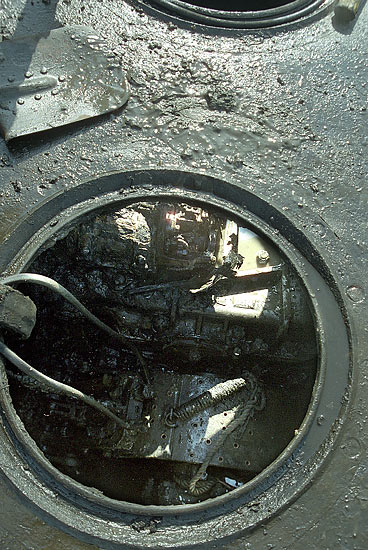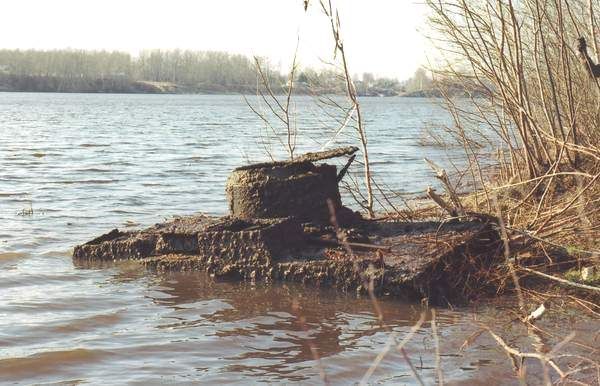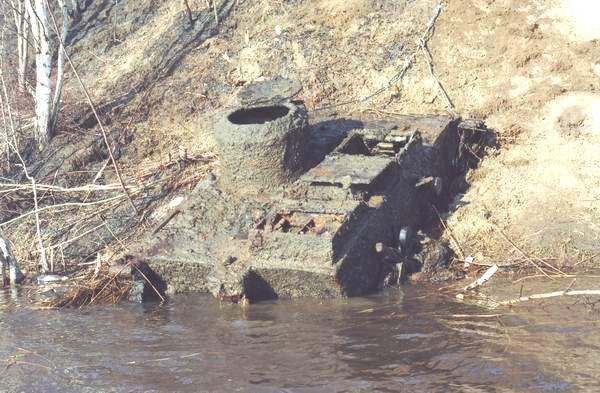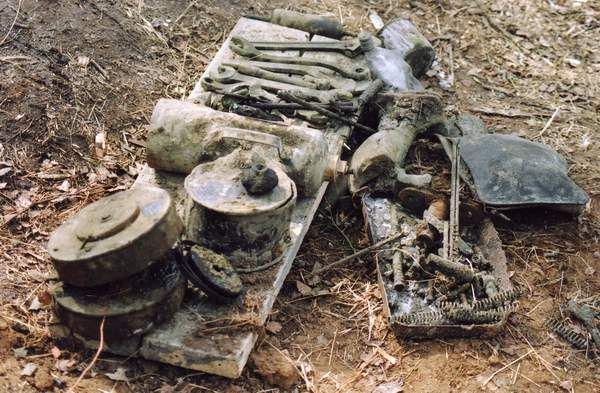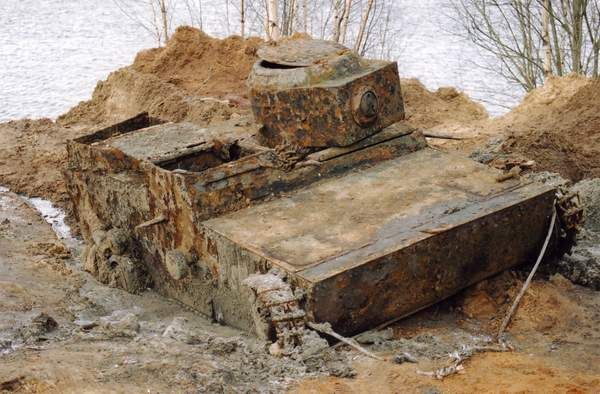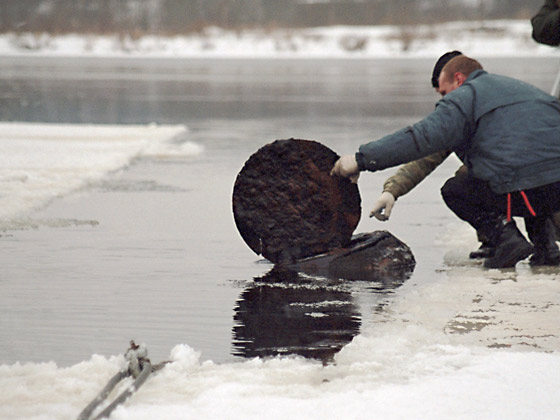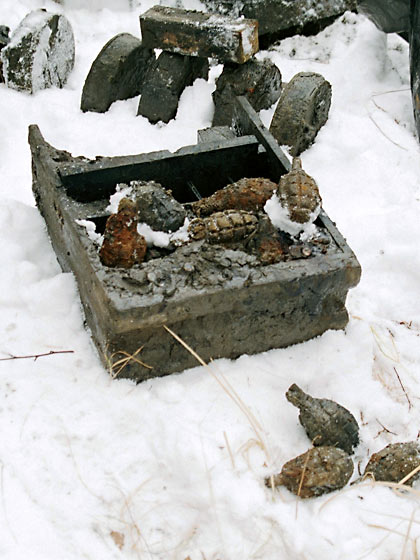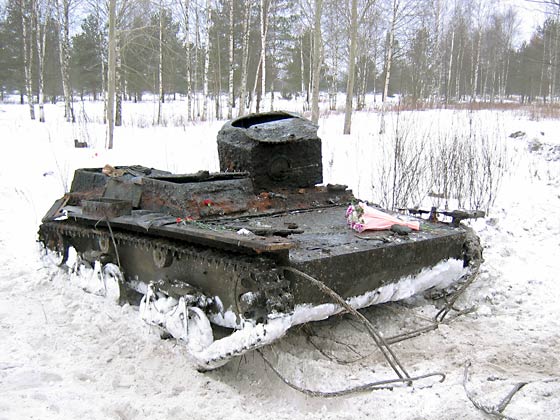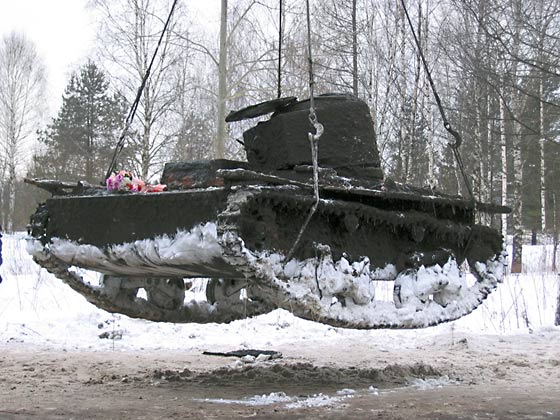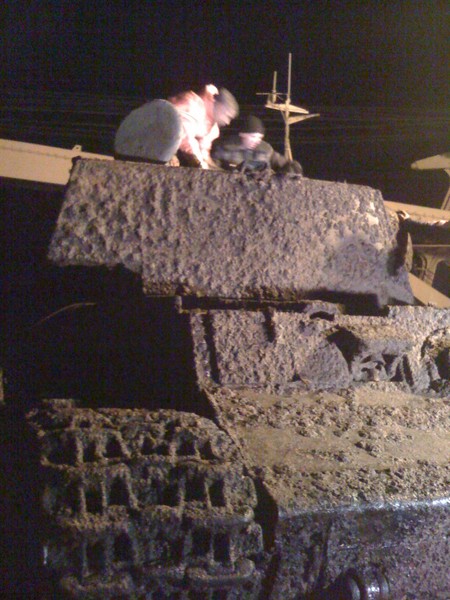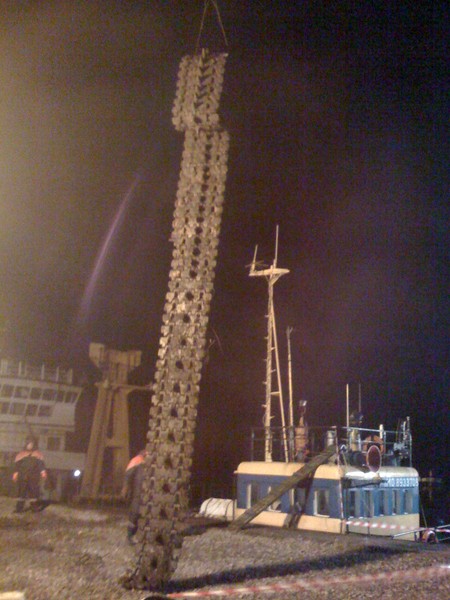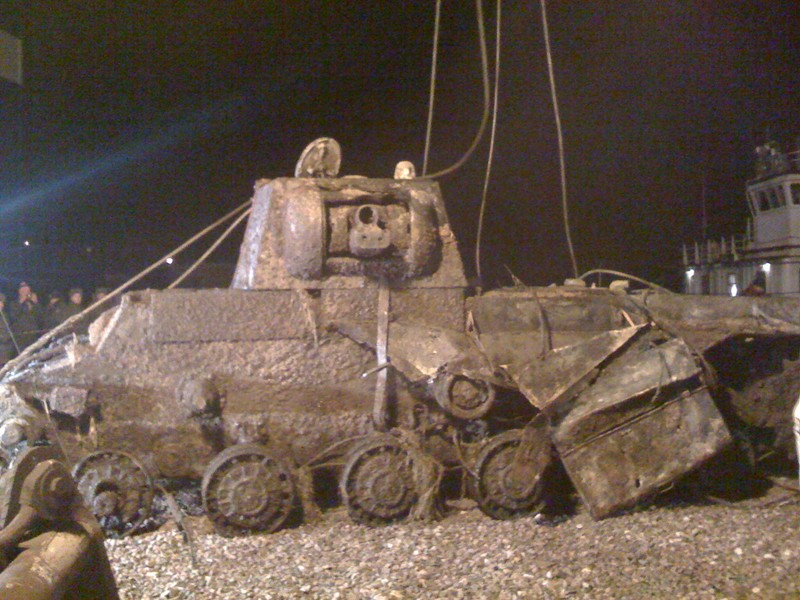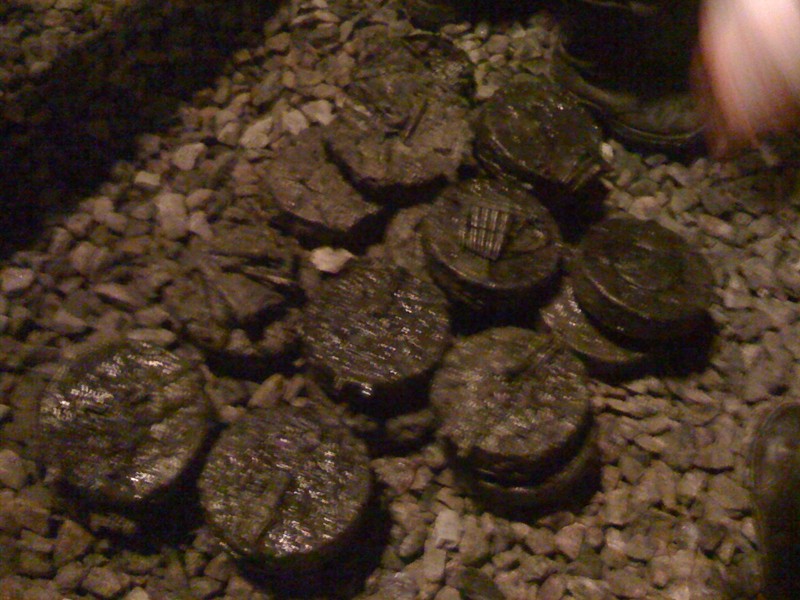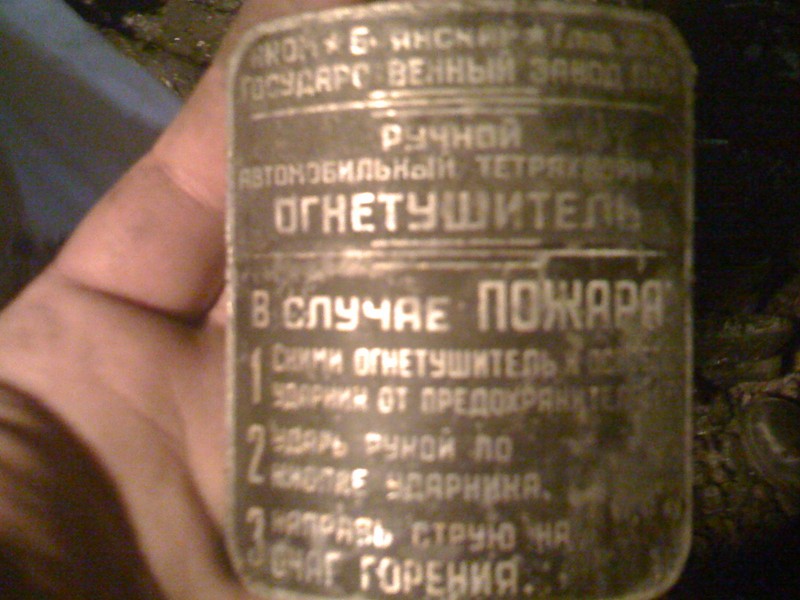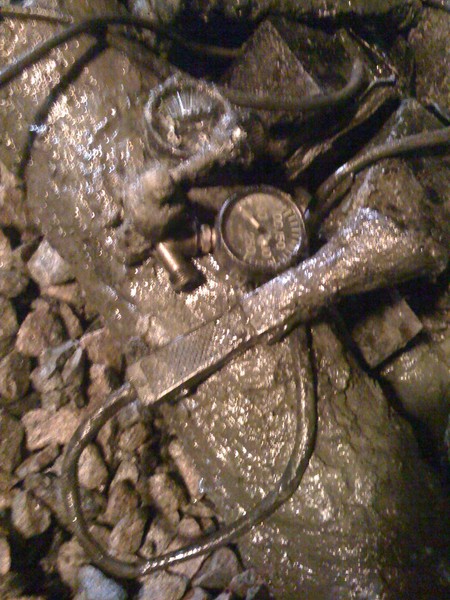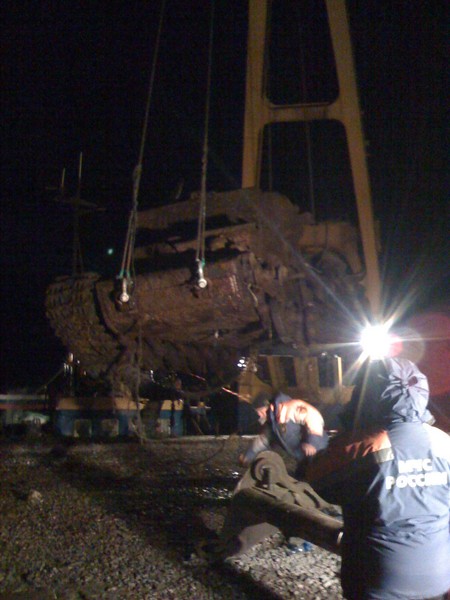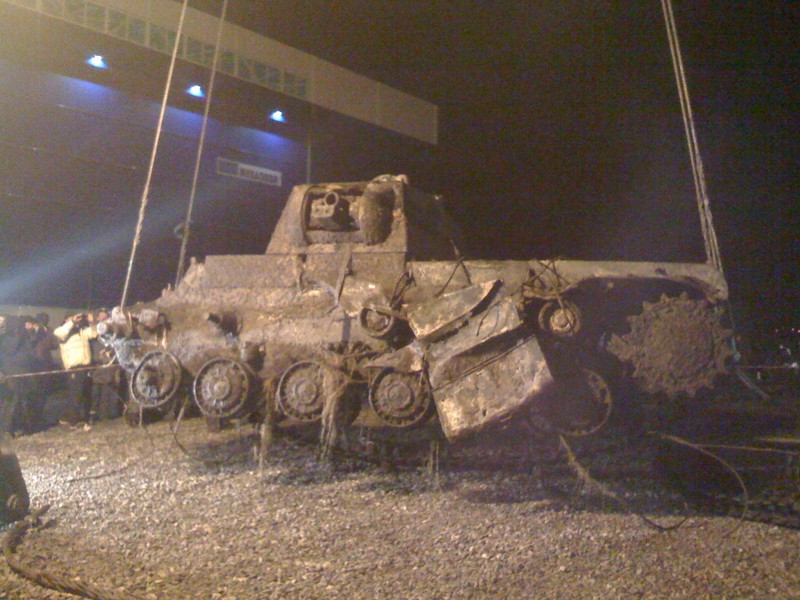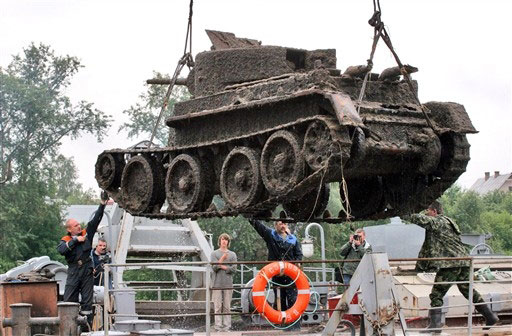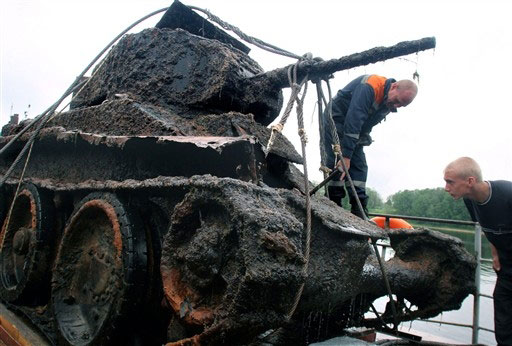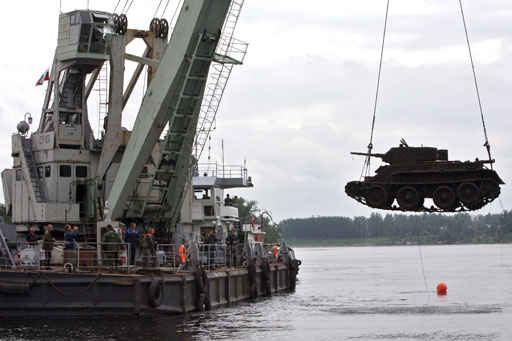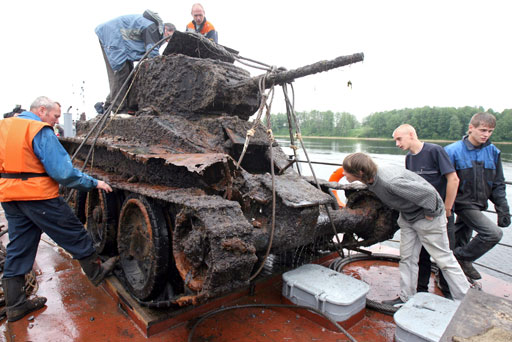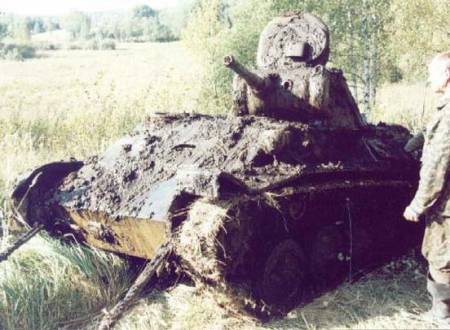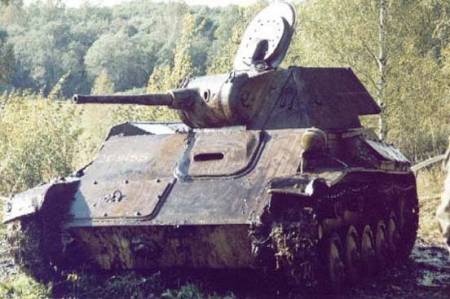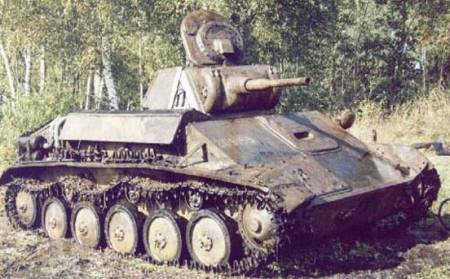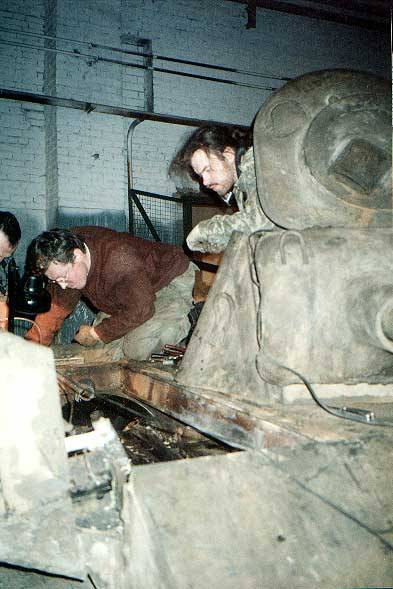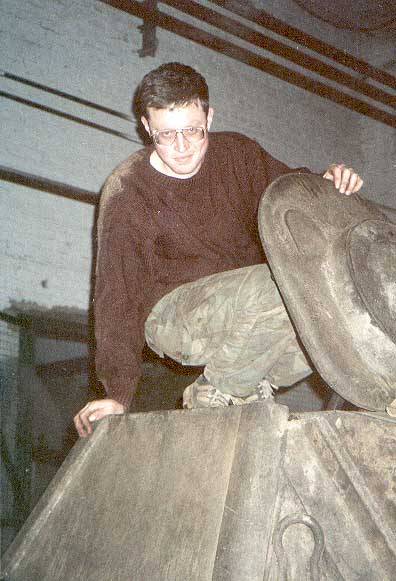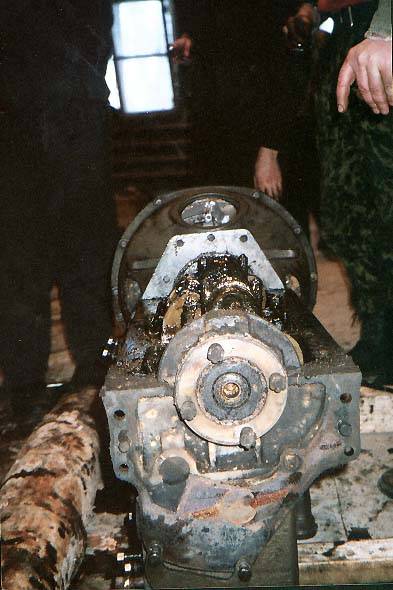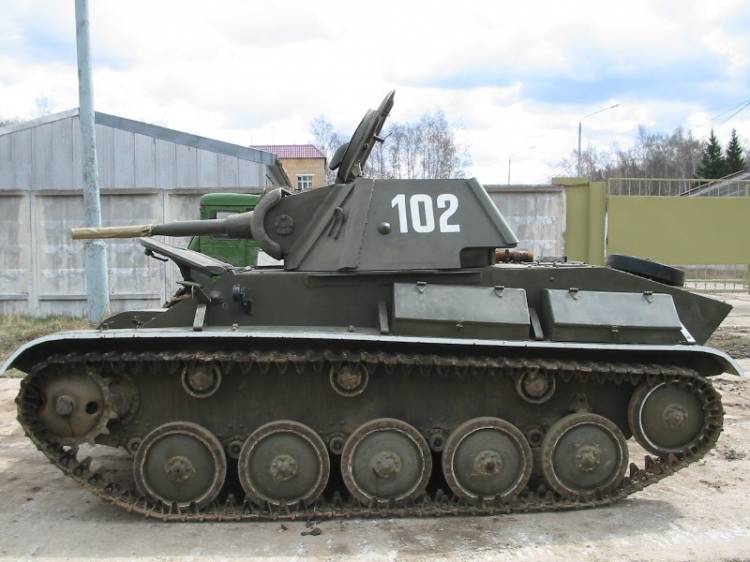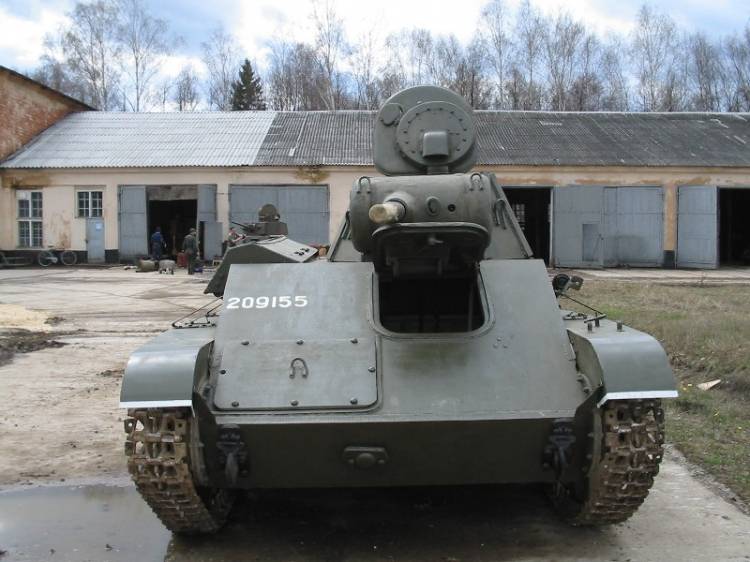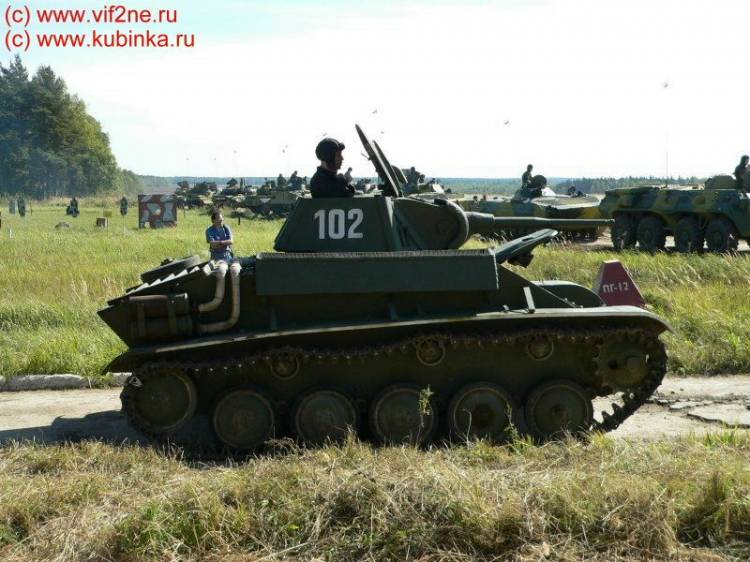Before the second world war, the Soviets developed several heavy tank prototypes. Other than the mentioned KV models there were the multi-turreted T-35 and the SMK tank. When the Soviet Union invaded Finland, they decided to test the tanks in the field. Both the T-35 and the SMK experienced mechanical malfunctions, and despite their superior firepower failed to pass the test. The KV 1 and 3, however, proved to be both deadly and reliable.
The tanks aligned themselves with the emerging Soviet deep battle doctrine which dictated the use of heavy tanks during a decisive breakthrough on the frontline. Once the breakthrough was achieved, the reserves would join in and push forward deeply behind enemy lines, disrupting the logistics network and ultimately causing the whole front to dissolve.
The KV-1 and two were designed to carry out such assaults, but the gap between the Soviet light tanks and its heavy counterparts proved to be one of the main disadvantages of the early years of the Eastern Front. In 1941, there was a limited number of heavy tanks in service, but wherever these war machines encountered the enemy, they left him devastated. So effective was its armor that the Germans were incapable of destroying it with their tanks or anti-tank weapons and had to rely on 88 mm anti-aircraft guns (flak) or 105 mm guns to knock them out.
On one occasion, near the Lithuanian city of Raseiniai, a KV-2 tank destroyed around two dozens of German tanks, delaying the advance on Leningrad. The German tanks were no match for these beasts, as most of the models used at the time were Panzer I, II, and III, all in the light tank category.
Another great example of KV-1 superiority happened in Krasnogvardeysk, near Leningrad, when a squad of five KV-1 tanks staged an incredible ambush that managed to take out 43 German tanks and two self-propelled guns, while not losing a single KV. On one of the tanks that participated in the ambush, there were 135 hits recorded, while not one managed to penetrate the KV-1 armor.
The tank was successfully replaced by the legendary T-34 which equaled the firepower, but excelled in speed and mobility, when compared to the KV tanks. Nevertheless, some of the KV-1 and KV-2 saw action until the end of the war, in theaters such as Manchuria and Crimea. The Finnish Army used two captured KV-1 tanks excessively until the very end of the war.
Soviet T-38 recovered from Neva river.
The T-38 amphibious scout tank was a Soviet amphibious light tank that saw service in WWII.
Designed in 1934–36 by N. Astrov’s bureau at Factory No. 37 in Moscow, the T-38 was a development of the earlier T-37, based in turn on the French AMR 33 light reconnaissance tank. The tank was powered by a standard GAZ (Ford) engine and was cheap to produce. Buoyancy was achieved by the large-volume hull and large fenders. In water, the vehicle was propelled by a small three-bladed propeller mounted at the rear.
The tanks were intended for use for reconnaissance and infantry support. As a scout tank the T-38 had the advantages of very low silhouette and good mobility through its ability to swim. The T-38 was also intended to be air-portable; during the Kiev maneuvers in 1936, the tanks were transported by Tupolev TB-3 bombers, mounted under the fuselage. Infantry battalions were each issued 38 T-38s, with 50 being designated for each airborne armored battalions. However, the thin armor and single machinegun armament made the tank of only limited use in combat while the lack of radios in most T-38s was a serious limitation in a reconnaissance vehicle. The T-38’s limitations were recognized, and it would have been replaced by the T-40, but the outbreak of the Second World War meant that only a few T-40s were produced.
Around 1,500 T-38s were built, illustrating the importance of amphibious scout tanks to the Red Army. Some were up-gunned with a 20 mm ShVAK cannon, and designated the T-38RT.
And another T-38 found in the Neva river, near Nevskaja Dubrovka in 2004
AND Another KV-1 found and recovered from Neva river
BT-5 tank found in Neva river, recovered in June 2007. The tank that gave birth to designs like the T-34. If it wasn’t for the American War Department and Automotive command passing on that Christie design we wouldn’t have had the T-34 which changed all tank design.
The BT tanks were a series of Soviet light tanks produced in large numbers between 1932 and 1941. They were lightly armoured, but reasonably well-armed for their time, and had the best mobility of all contemporary tanks of the world. The BT tanks were known by the nickname Betka from the acronym, or its diminutive Betushka.
The direct successor of the BT tanks would be the famous T-34 medium tank, introduced in 1940, which would replace all of the Soviet fast tanks, infantry tanks, and medium tanks in service.
The BT tanks were “convertible tanks”. This was a feature designed by J. Walter Christie to reduce wear of the unreliable tank tracks of the 1930s. In about thirty minutes the crew could remove the tracks and engage a chain drive to the rearmost road wheel on each side, allowing the tank to travel at very high speeds on roads. In wheeled mode the tank was steered by pivoting the front road wheels. However, Soviet tank forces soon found the convertible option of little practical use in a country with few paved roads, and it consumed space and added needless complexity and weight. The feature was dropped from later Soviet designs.
Christie, a race car mechanic and driver from New Jersey, had tried unsuccessfully to convince the U.S. Army Ordnance Bureau to adopt his Christie tank design. In 1930, Soviet agents at Amtorg, ostensibly a Soviet trade organization, used their New York political contacts to persuade U.S. military and civilian officials to provide plans and specifications of the Christie tank to the Soviet Union. At least two of Christie’s M1931 tanks (without turrets) were later purchased in the United States and sent to the Soviet Union under false documentation in which they were described as “agricultural tractors.”[3] Both tanks were successfully delivered to the Kharkov Komintern Locomotive Plant (KhPZ). The original Christie tanks were designated fast tanks by the Soviets, abbreviated BT (later referred to as BT-1). Based both on them and on previously obtained plans, three unarmed BT-2 prototypes were completed in October 1931 and mass production began in 1932. Most BT-2s were equipped with a 37 mm gun and a machine gun, but shortages of 37 mm guns led to some early examples being fitted with three machine guns.
The sloping front hull (glacis plate) armor design of the Christie M1931 prototype was retained in later Soviet tank hull designs, later adopted for side armor as well.
The BT-5 and later models were equipped with a 45 mm gun.
T 70 Soviet tank found in the swamps near Pskov
The tank was found and recovered by the group of enthusiasts and placed in armor museum in Kubinka, near Moscow. Now the tank is totally refurbished and back in working condition.
The T-70 was a light tank used by the Red Army during World War II, replacing both the T-60 scout tank for reconnaissance and the T-50 light infantry tank for infantry support. The T-80 light tank was a more advanced version of the T-70 with a two-man turret—it was only produced in very small numbers when light tank production was abandoned. The T-90 self-propelled anti-aircraft gun was a prototype vehicle with twin machine guns, based on the T-70 chassis.
The T-70 was armed with a 45-mm L/46 gun Model 38 with forty-five rounds carried, and a coaxial 7.62-mm DT machine gun. The tank was operated by a driver and a commander who loaded and fired the gun. Armour thickness on the turret front was 60 mm, hull front and sides: 45 mm, rear and turret sides: 35 mm, roof and bottom: 10 mm.
By 1942, light tanks were considered inadequate by the Red Army, unable to keep up with the T-34 medium tank and unable to penetrate the armour of most German tanks, but they could be produced by small factories which were unable to handle the large components of medium and heavy tanks. The T-70 was an attempt to remedy some of the shortcomings of the T-60 scout tank, which had very poor cross-country mobility, thin armour, and an inadequate 20-mm gun. It also replaced the very short production run of the T-50 light infantry tank, which was more sophisticated, but also much too complicated and expensive to produce.


